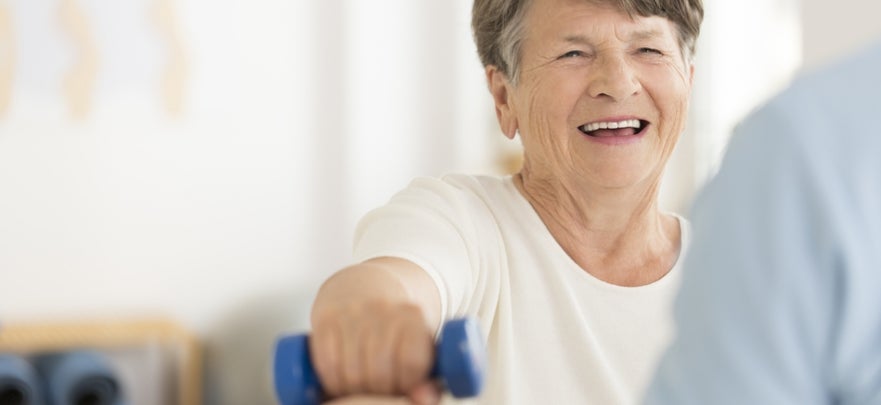Being Active with Joint Pain
Joint pain can be overwhelming. Being active with joint pain can seem like a remote and undesirable possibility. But, using your body and being active is especially important for people with joint pain. Those with arthritis can really benefit from being more active. Movement and getting those joints working improves flexibility, strength, and actually helps to reduce joint pain over time.
When dealing with joint pain, the key is to start slow and small with incremental steps to increase your range of motion, endurance, and joint strength. Again, some may find it difficult to believe, but regular use and movement will over time help reduce those arthritis symptoms - gentle movement and exercise can be some of the best therapy for arthritis and joint pain in general.
Here are just a few benefits of exercise on arthritis and joint pain:
- Reduces your weight which puts less stress on joints
- Improves your balance and stability which keeps you from having falls that might cause injuries and impact your quality of life
- Increases your endurance and level of energy to live life more fully
- Enhances and maintains your bone density and strength
- Consumes energy and insures more restful sleep at night
- Improves muscle strength which helps stabilize joints
Joint use will keep your joints from getting stiff and painful. The main mechanism for reducing joint pain is improving the strength of muscles around joints which helps to better support and reduce the stress on them. Avoiding exercise will actually result in more joint pain and stiffness over time. Of course, consult with your doctor to understand what exercises would be best for you given the type of joint pain or arthritis you might have.Your physical therapist is another great resource for advice on the best exercises given the particular joints that are currently bothering you. Most will recommend range of motion exercises, low impact aerobic exercise, and light strength training.
Range of motion exercises often involve raising your arms and reaching for the sky, rolling your shoulders, and marching in place to move your hips and knees. Strength training uses light weights to improve muscle strength. To promote recovery, remember to not lift the same muscle groups (for example, arms, legs, back, etc.) two days in a row. Take a break in between. Start with weight training 2 or maybe 3 days a week. To get moving with aerobic exercise, try low-impact activities such as brisk walking, swimming, and cycling. Elliptical and rowing machines are also great low-impact options. Aim to exercise 5 days a week for at least 30 minutes. You may have to work your way up to this point.
When starting an exercise plan or new activity with joint pain, make sure to take it slow. Low-impact exercises are best. Use heating pads to help in your joint recovery. 15 minutes with a warm (not hot) heating pad can be helpful. If you have joint swelling, try ice for about 15 minutes instead.
The hardest part about starting a new exercise plan is not overdoing it. Overdoing it can result in overworking muscles, increasing joint pain, discouragement, and worst of all abandoning your new program.
Joint pain doesn’t mean you need to abandon activity. You may have to modify what activities you engage in, but not exercising and getting moving will actually increase your joint pain over time. So, use these tips to get moving and getting those joints feeling better.






